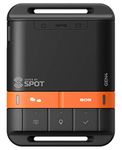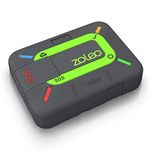6 bestPersonal Locator Beaconsof January 2026
112M consumers helped this year.
1
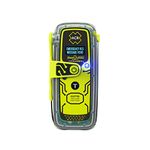
ACR Electronics ACR ResQLink View RLS Personal Locator Beacon with New Return Link Service (Programmed for Canada) PLB-435
ACR Electronics

9.8
2

ACR ResQLink View Personal Locator Beacon (Programmed for Canada) PLB-425
ACR Electronics

9.6
3
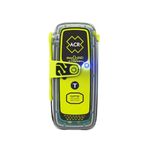
ACR ResQLink 410 RLS - Buoyant GPS Personal Locator Beacon with New Return Link Service - Programmed for Canada PLB-410 RLS PLB-410 RLS
ACR Electronics, Inc

9.4
4
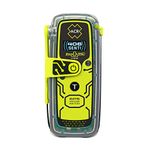
ACR PLB-425 ResQLink View - Buoyant Personal Locator Beacon - Programmed for Canada
acr

9.2
5
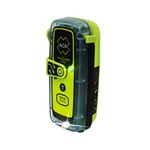
ACR ResQLink 400 - Buoyant GPS Personal Locator Beacon - Programmed Canadian Registration
acr

8.9
A Guide to Selecting the Best Personal Locator Beacons
Choosing a personal locator beacon (PLB) is an important decision for anyone who spends time in remote or potentially hazardous environments, such as hikers, sailors, or adventurers. A PLB is a small, portable device designed to send a distress signal with your location to emergency services if you find yourself in trouble and need rescue. When selecting a PLB, it's crucial to understand the key features and specifications that affect its performance and suitability for your needs. By focusing on these aspects, you can ensure you pick a device that will work reliably when you need it most.
Signal Frequency
Signal frequency refers to the radio frequency on which the PLB transmits its distress signal. Most modern PLBs use the internationally recognized 406 MHz frequency, which is monitored by a global satellite system for search and rescue. This frequency is important because it ensures your signal can be picked up almost anywhere in the world. Some devices also transmit on 121.5 MHz, which helps rescuers home in on your exact location once they are nearby. When choosing a PLB, make sure it transmits on 406 MHz for global coverage, and consider one with 121.5 MHz as a secondary signal for local tracking.
Battery Life and Type
Battery life indicates how long the PLB can transmit a distress signal once activated, and the battery type affects how often it needs to be replaced. Most PLBs are designed to transmit for at least 24 hours, but some can last longer. This is important because a longer battery life increases your chances of being found, especially in remote areas. Batteries are usually non-rechargeable and must be replaced every 5-7 years or after use. When picking a PLB, consider how long you might need it to operate in an emergency and check the replacement schedule to ensure it fits your usage patterns.
GPS Capability
GPS capability means the PLB can determine and transmit your precise location along with the distress signal. This is crucial because it allows rescuers to find you much faster and more accurately. Some PLBs have built-in GPS, while others do not. Devices with GPS are generally preferred, as they can pinpoint your location within a few meters. If you often travel in areas where it might be hard to describe your location, or if you want the fastest possible rescue, choose a PLB with integrated GPS.
Size and Weight
Size and weight refer to how compact and portable the PLB is. Since you’ll likely be carrying it with you at all times, especially in challenging environments, a smaller and lighter device is easier to pack and less likely to be left behind. However, very small devices may have shorter battery life or fewer features. Think about how you plan to carry the PLB—on your person, in a backpack, or attached to gear—and choose a size and weight that fits your activity without sacrificing essential features.
Waterproof Rating
The waterproof rating tells you how well the PLB can withstand exposure to water. This is especially important for activities like boating, kayaking, or hiking in wet conditions. Ratings are usually given in terms of depth and duration, such as being waterproof up to 5 meters for 1 hour. If you expect to be around water or in rainy environments, look for a PLB with a high waterproof rating to ensure it will function if submerged or exposed to heavy rain.
Ease of Use
Ease of use describes how simple it is to activate the PLB in an emergency. In stressful situations, you want a device that can be operated quickly and easily, even with cold or gloved hands. Some PLBs have simple one-step activation, while others may require multiple steps or the removal of safety covers. Consider how easy it is to use the device and whether you can operate it under pressure. If you’re new to PLBs or want maximum simplicity, choose a model with straightforward activation and clear instructions.
Registration and Compliance
Registration and compliance refer to the requirement to register your PLB with the appropriate national authority, which links the device to your personal and emergency contact information. This is important because it helps rescuers know who is in trouble and how to respond. Most countries require registration for PLBs, and some devices are only approved for use in certain regions. Make sure the PLB you choose can be registered in your country and that you complete the registration process before using it.
Best Reviews Guide Newsletter
Get exclusive articles, recommendations, shopping tips, and sales alerts
Sign up for our newsletter to receive weekly recommendations about seasonal and trendy products
Thank you for subscribing!
By submitting your email address you agree to our Terms and Conditions and Privacy Policy
